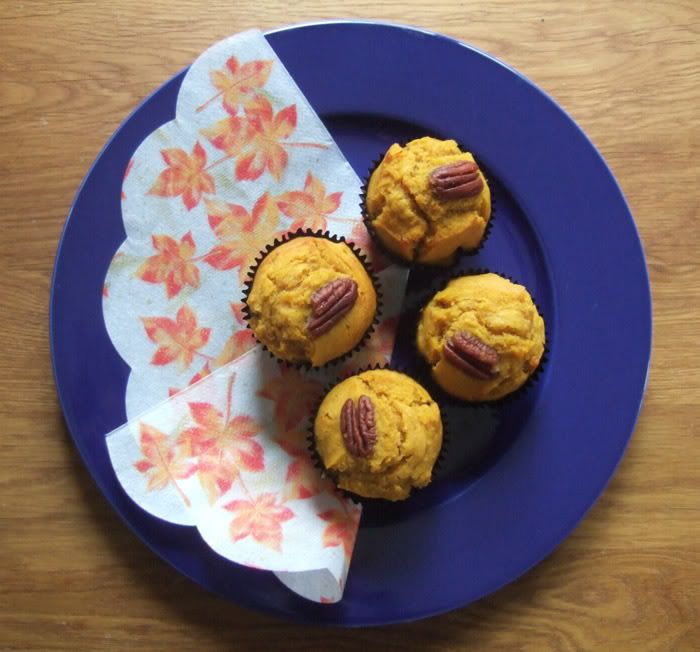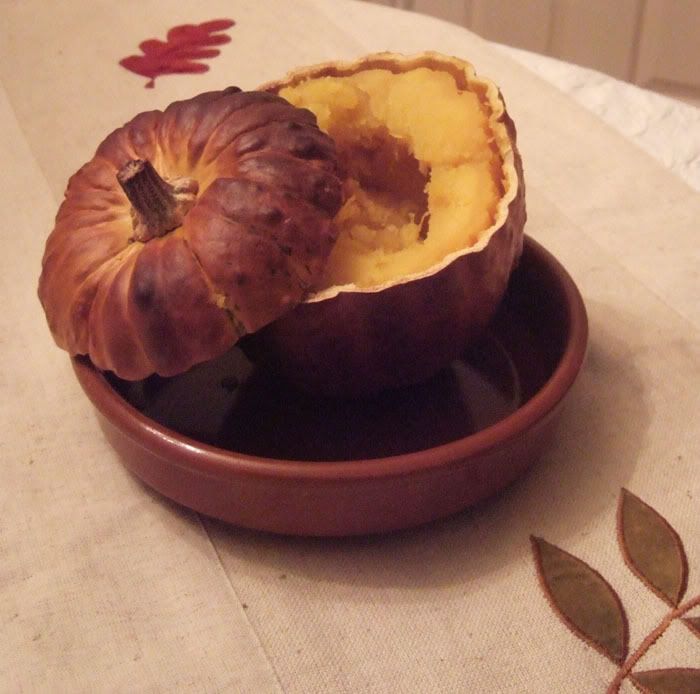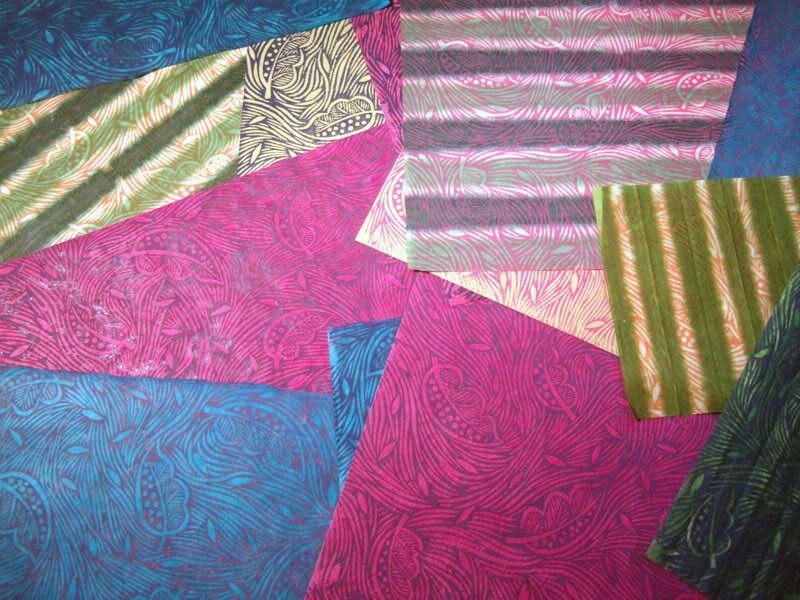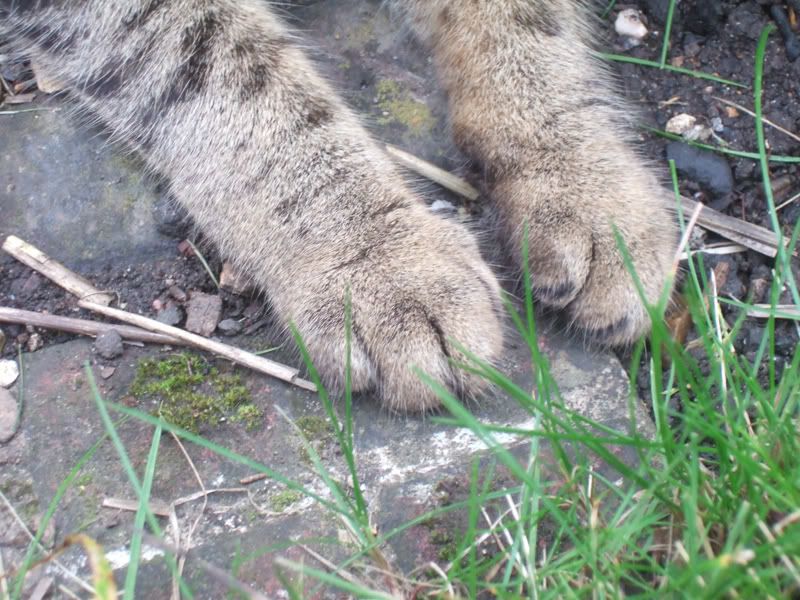
We've been on holiday to the South and East Ridings of Yorkshire - starting off in Wakefield (not a place that springs to mind as a holiday destination, I admit). The reason behind this was to visit the
Yorkshire Sculpture Park during its 30th birthday year and while the Andy Goldworthy exhibition was on. The magnificent parkland is a perfect setting for large scale sculptures like this one by Henry Moore; it takes over four hours to walk around the park and the galleries which are on opposite sides of the park two miles apart. The experience of walking up the steady incline to the Longside Gallery is like following a pilgrim route to a shrine,
Andy Goldsworthy's work spanning the past 30 years is exhibited in all the galleries and there are three new outdoor installations in the park - including the "Hanging Trees" built into the sunken ha-ha wall along Oxley Bank. It's hard to pick out favourite works by Andy Goldsworthy because they are all uniquely intriguing, but the "Leaf Stalk Room" with its dividing curtain made of leaf stalks held together with thorns - beautiful and fragile like a perfect spider's web, and the vast self supporting structure "Stacked Oak" were the highlights for me.

We stayed at the Waterton Park Hotel, chosen for it's convenience for the Sculpture Park and they had a 'Special Offer'; we assumed we would have a room in the modern annexe but on arrival it was announced that our room was in the Georgian mansion on the island, the only access via a narrow bridge over the lake and when we entered our room we had another surprise - a grand four poster bed! (Unfortunately, no nice surprises with the food.)
Between the Hotel and Wakefield, tucked behind suburban streets is
Sandal Castle - we saw a postcard in the Wakefield Tourist Info Office and decided to take a look. This was Richard III's dad's castle - and local tradition says he was 'The Grand Old Duke of York' and his castle stands at the top of the hill he marched up and down with his ten thousand men before losing the Battle of Wakefield to Margaret of Lancaster (all described by Shakespeare in 'Henry III part iii').
We sheltered from the wind in the Sandal Castle Visitor Centre where the knowledgeable man at the desk recommended that we should visit Wakefield Museum as they have a gallery about Charles Waterton and Waterton Park where we were staying. I have to admit I'd never heard of
Charles Waterton before last week, but as we were staying in his house we thought we'd find out more. Squire Waterton had ideas well ahead of his time - which gave him the reputation of being a complete nutcase - today he'd probably be on TV co-hosting 'Spring Watch' with Kate Humble! He travelled to South America to manage his family's sugar plantations and while there saw the amazing birds and animals of the rainforest, on his return he built a wall all round his estate to keep the poachers out and make a wildlife sanctuary; he enlarged the moat around his house to make a huge lake for water birds; he paid local children to bring him live hedgehogs to live within his estate; he planted dense hedges, left hollow fallen trees in the woods and was the first person to build nest boxes for birds of all kinds to nest in; he also invited the inmates of the local asylum to come into the estate to enjoy watching nature and he served them tea in a grotto.

There is now a Waterton Trail - a circular walk from Waterton Park following the route of the Barnsley Canal, through woodland and farmland to Anglers Country Park - this area was once one of the deepest open cast coal mines in Europe, now landscaped (the massive lake has a pond liner!) it is a haven for wildlife and open for anyone to enjoy. In the grounds of Waterton Park we looked for the grave of Charles Waterton and eventually found it overgrown with ivy and fallen branches - a squirrel has left the husks from his lunch of nuts at the foot of the cross.
In the 'Suggested Places to Visit' folder in the Waterton Park Hotel there was no mention of the Yorkshire Sculpture Park, Sandal Castle, Wakefield Museum or the Waterton Trail and Anglers Country Park (right on its doorstep).

Another reason for the location of our holiday was a visit to
Scampston Walled Gardens near Malton and a chance to see the work of plantsman and designer Piet Oudolf - a master of modern design and exuberant perennial planting - and how a ten acre walled garden has been transformed into a series of nine 'rooms' each with a different character. All the plants are numbered and listed in a booklet (there are 1333 named plants!) - top of my list to plant in my own garden is Sedum 'Matrona'.
This is the 'Drifts of Grass' garden with wavy drifts of Molina grass constantly moving and rustling in the breeze.

The 'Perennial Meadow', with the yellowing leaves of the 'Katsura Grove' as a backdrop, was a mix of fading colours and complex textures.

We moved on to stay at a B&B at the
Stained Glass Centre between Scarborough and Filey on the coast (warm, comfy and scrummy full English breakfasts). The Yorkshire coast is being constantly nibbled away by the surging North Sea, last week it was probably being munched in huge chunks! We escaped inland to a walk we knew well -
Rievaulx Terrace. Orchestrating the landscape on a grand scale isn't new - 18th century Yorkshire landowners were keen to show off their wealth and the picturesque views they could create. In 1758 Thomas Duncombe III built a terraced promenade along an escarpment overlooking the ruins of Rievaulx Abbey (no need to build a folly - he had the real thing!), walking the length of the meandering terrace backed by woodland a series of vistas open up revealing a view of the Abbey in the valley below, each view like a perfect Claude Lorrain picturesque scene.

Wrapped up warm in hats and coats we went for a evening walk on the front at Filey - high tide and the waves are crashing into Filey Bay.

The next day we drove to Flamborough Head - a jagged headland jutting out into the North Sea and sculpted into stacks, bays and caves. Holding onto our hats and fighting to stand against the force of the wind we walked along the cliff top near the lighthouse - a plaque displaying a map of the coast noted "Here fought the British and American ships in 1779", good grief! Almost 228 years to the day since
The Battle of Flamborough Head in September 1779, when the people of Filey and Bridlington gathered on the cliff tops to see the Continental Navy (French and American) under Commodore John Paul Jones, attack a British convoy of 44 merchant ships and two escorts - 520 British prisoners were taken, the merchant ships got away.

Along the coast south of Flamborough Head, Bridlington Old Town is enjoying a revival, it's Victorian High Street is a hive of creative activity - galleries and workshops side by side with the little bakeries, pubs and shops. This is the home town of David Hockney's family and his base when working on his Yorkshire landscapes. Fish and chips is the traditional fare (and served with excellent mushy peas) - but for a change we had lunch at
Bean There where we had a huge platters of wholesome salads and quiche. The fantastic array of cakes on the counter looked very tempting - but we just couldn't fit them in!
In the evening we searched for a good place for the final dinner of our holiday - driving through the rain along the Scarborough to Pickering road we spotted an inviting looking inn,
The Coachman. Taking shelter from the wild weather we realised we'd stumbled upon a charming jolly bar, full of people enjoying a Friday evening drink and the food was delicious - with a creative twist, the venison with lavender and blackcurrant was superb and the strawberry and port jelly was served with little meringues studded with pink geranium petals, dried fruits and nuts. We certainly dined in style!




















